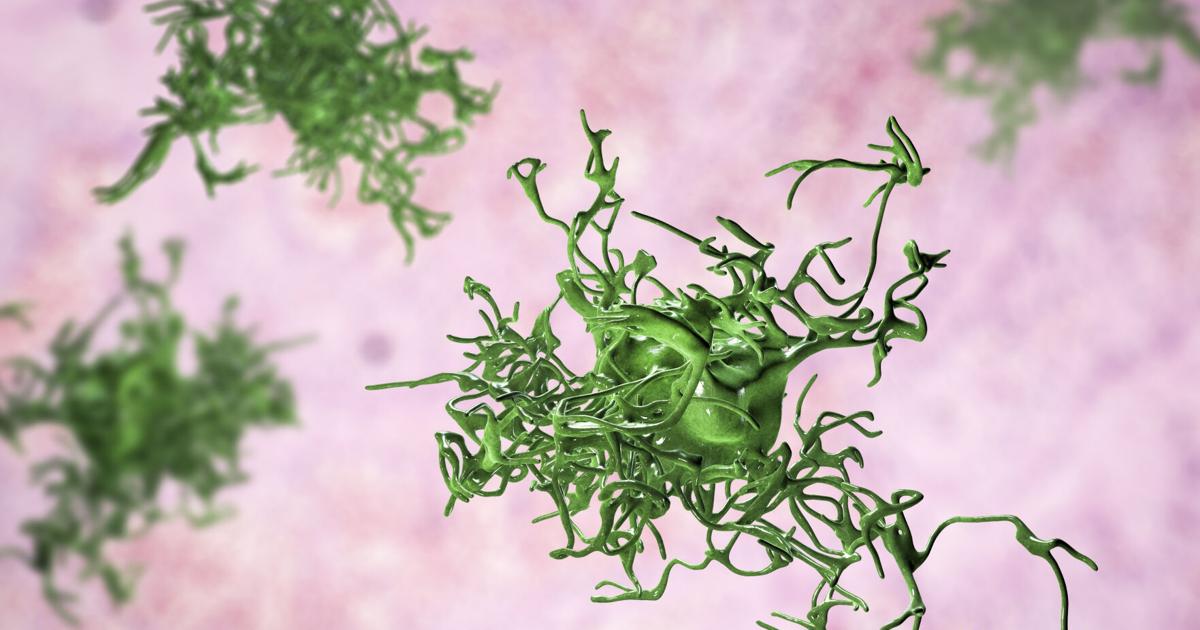Infection
Officials: Child dies after brain-eating amoeba infection
CARSON CITY, Nev. – A Nevada boy died after contracting a deadly brain-eating amoeba while swimming in a hot spring.
The Nevada Division of Public and Behavioral Health (DPBH), is reporting the death of a Lincoln County youth from a Naegleria fowleri infection, also known as a brain-eating ameba.
The Nevada Division of Public and Behavioral Health said in a press release the child may have been exposed at Ash Springs, a natural hot spring located on federal land in Lincoln County.
The Centers for Disease Control and Prevention (CDC) notified DPBH that Naegleria fowleri was confirmed as the cause of the boy’s illness.
Naegleria fowleri is a microscopic single-celled living ameba that occurs naturally in the environment, health officials said.
“This ameba can cause a very serious rare infection of the brain called primary amebic meningoencephalitis (PAM) that destroys brain tissue and is almost always fatal,” health officials said in a press release.
Naegleria fowleri lives in soil and warm fresh water, such as lakes, rivers, and hot springs. The ameba infects people by entering the body through the nose and traveling to the brain. It is not spread from person to person.
Symptoms of Naegleria fowleri infection start with severe headache, fever, nausea and vomiting and progress to stiff neck, seizures, and coma that can lead to death.
Because Naegleria fowleri occurs naturally in the environment there is no means to eliminate the ameba from fresh bodies of water. Although the risk is low, recreational water users should always assume there is a risk when they enter warm fresh water.
Recommended precautions from the CDC include:
Avoid jumping or diving into bodies of warm fresh water, especially during the summer.
Hold your nose shut, use nose clips, or keep your head above water when in bodies of warm fresh water.
Avoid putting your head under water in hot springs and other untreated geothermal waters.
Avoid digging in, or stirring up, the sediment in shallow, warm fresh water. The amebae are more likely to live in sediment at the bottom of lakes, ponds, and rivers.

